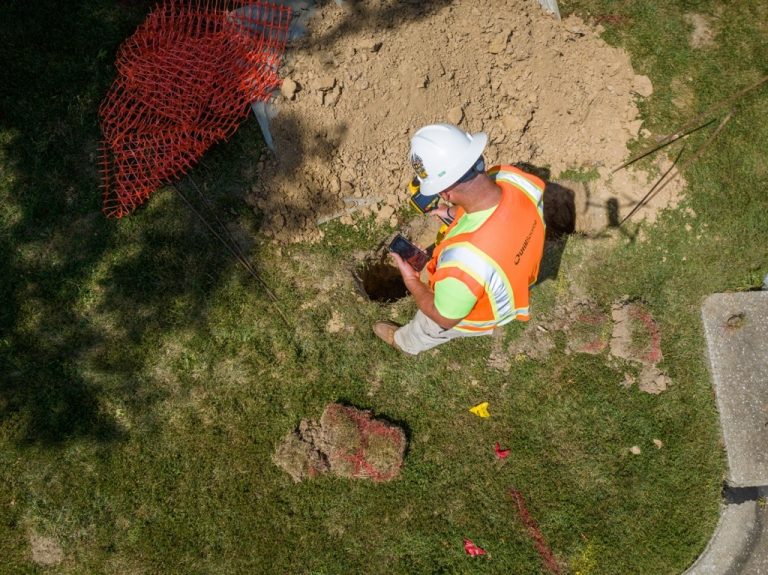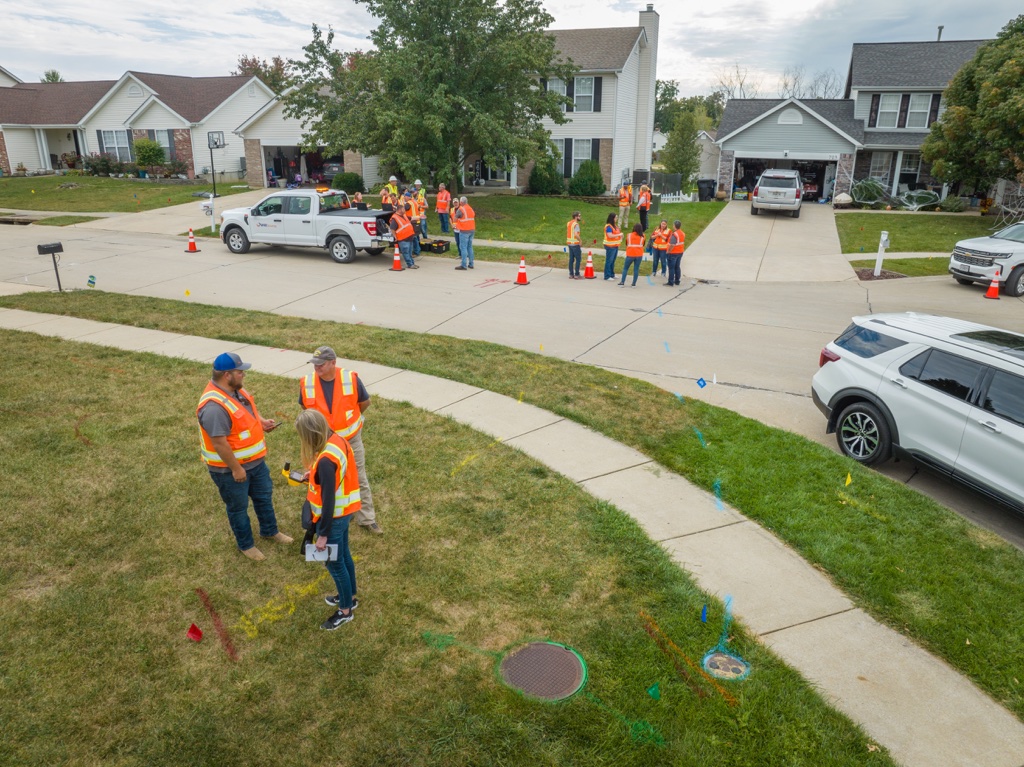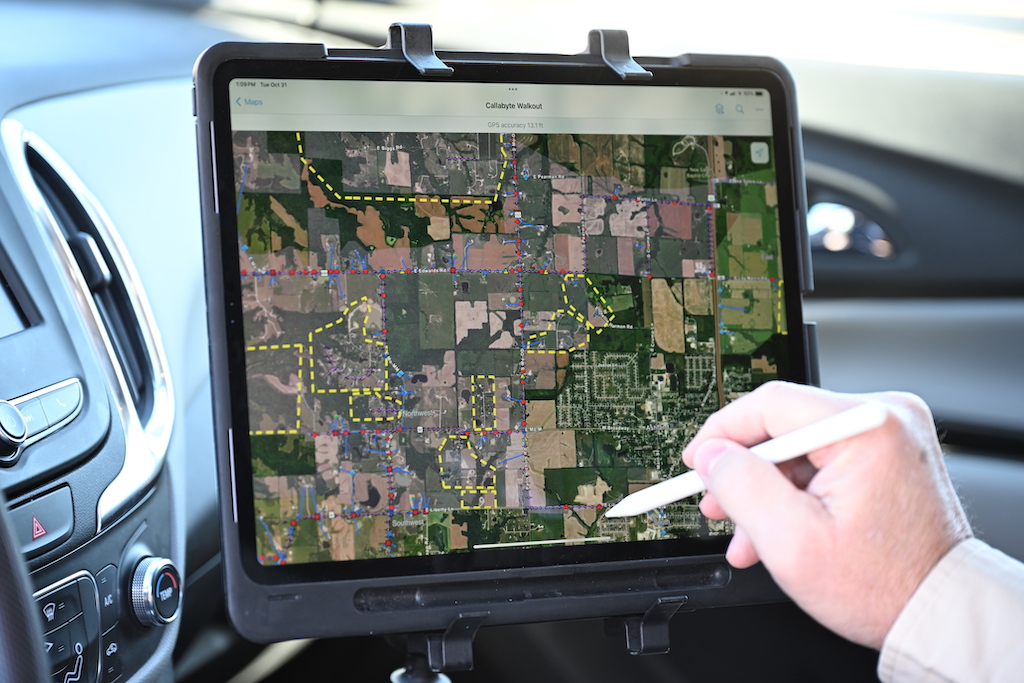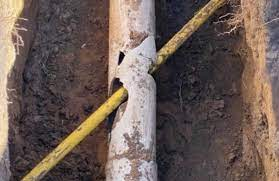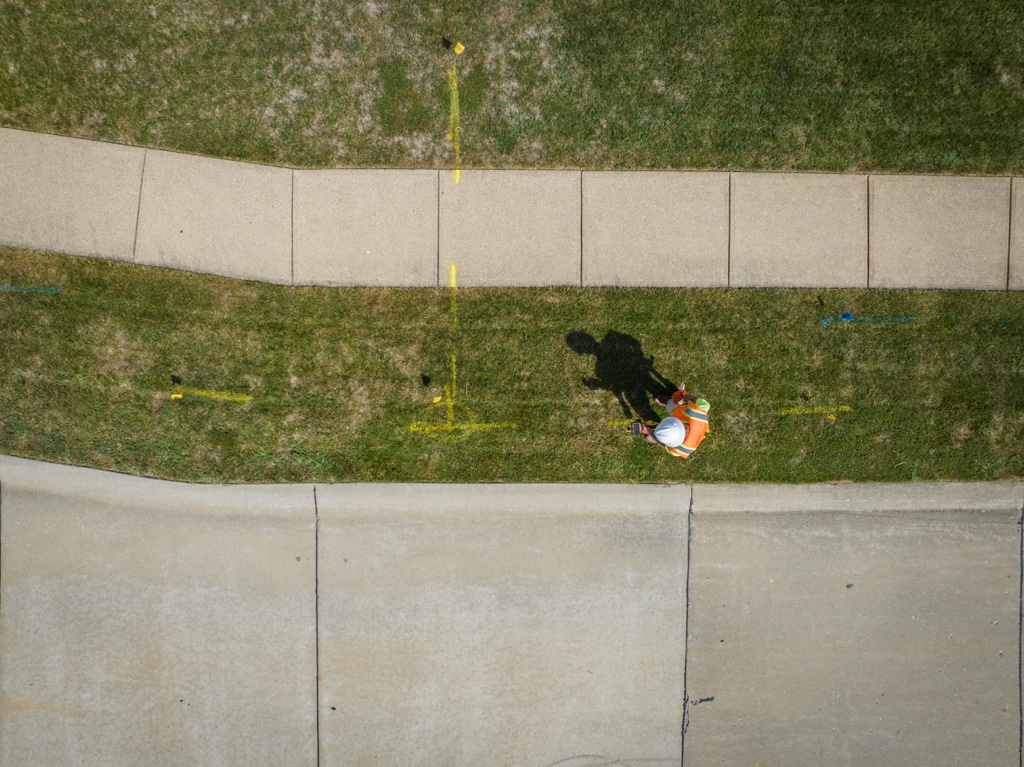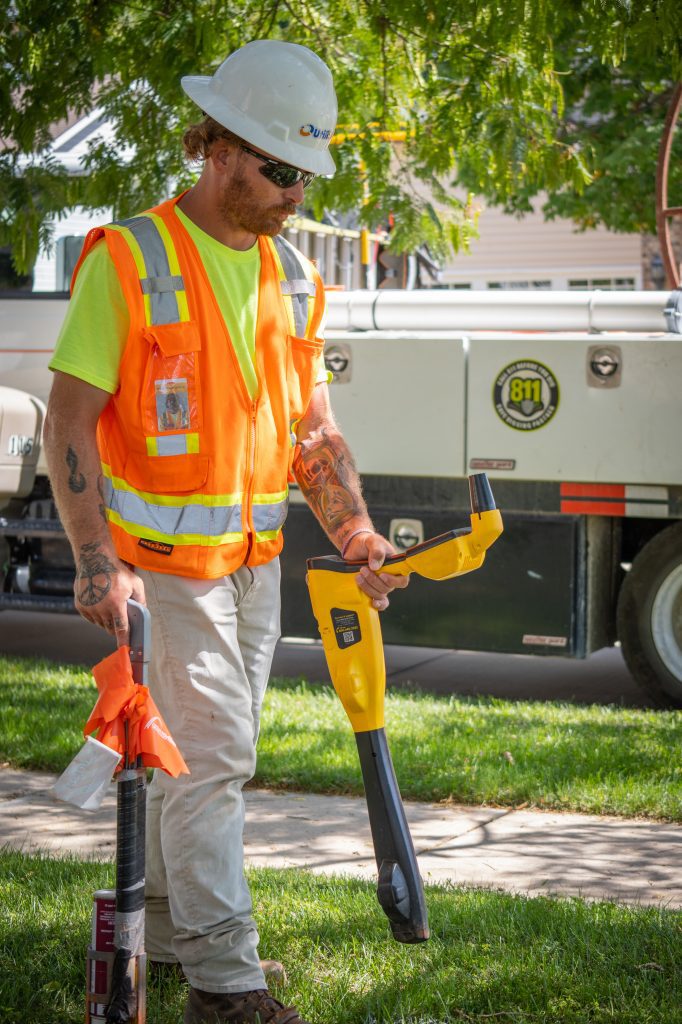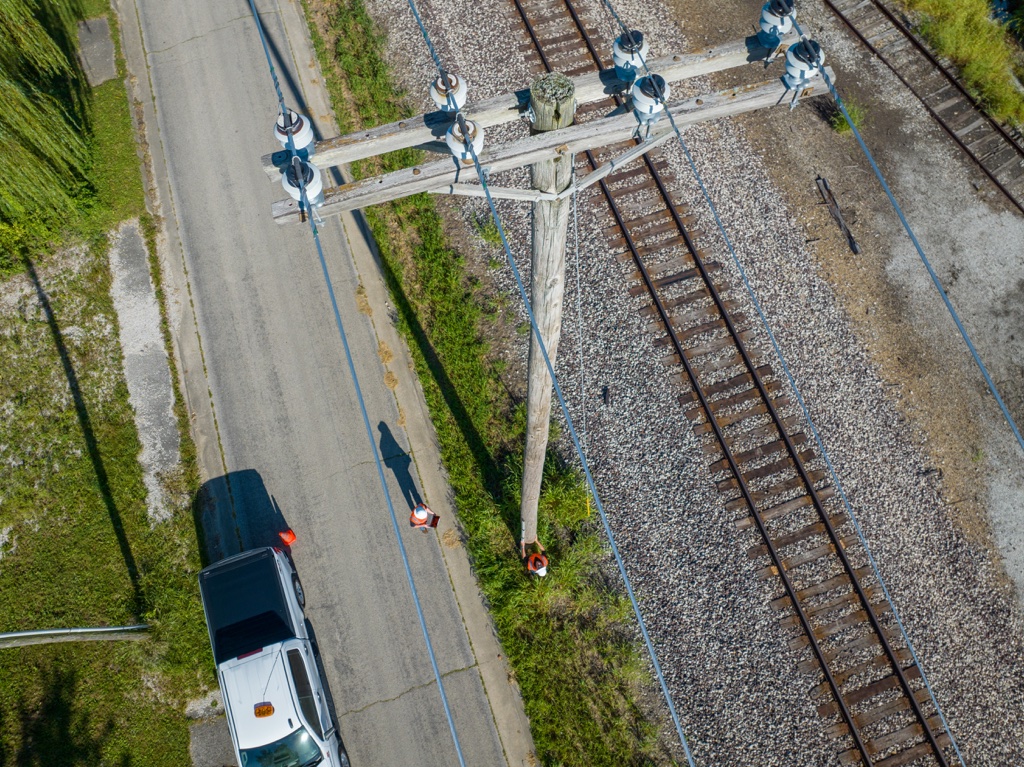Utility potholing is a method used by excavation and construction teams to safely identify and expose underground utilities. It is a process which requires skill and expertise to accurately locate and identify utilities and prevent damage to them.
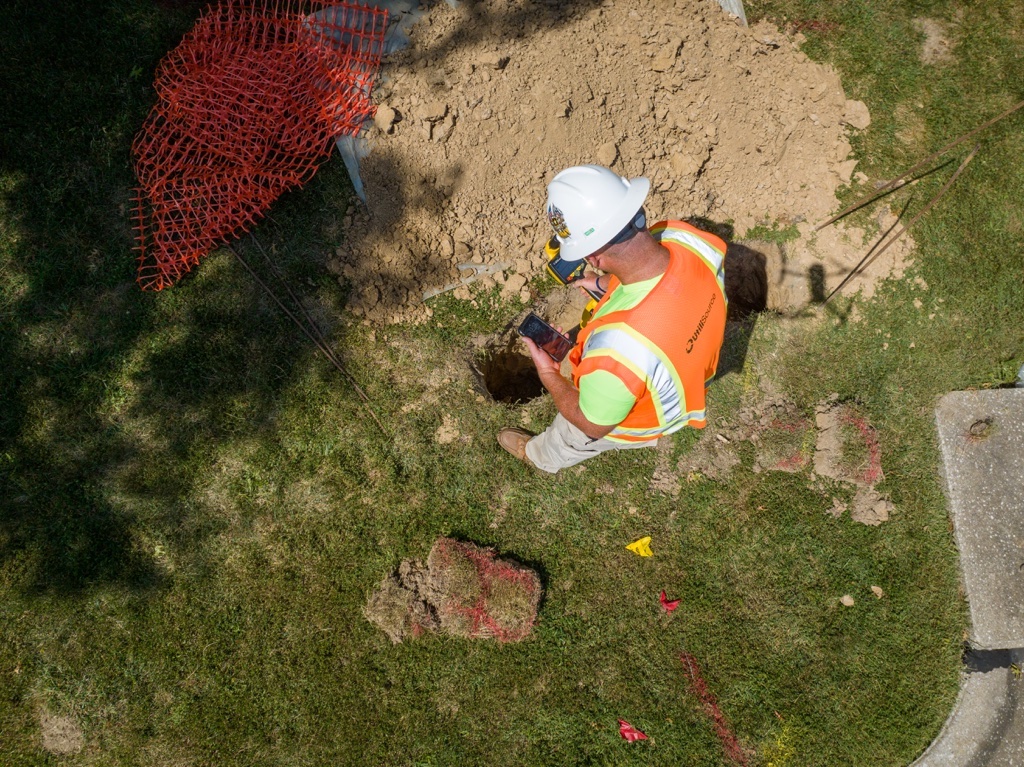
Why is Potholing Necessary?
Potholing works to uncover utilities such as water, sewer, gas, electric and telecommunications cables without damaging them using specialized potholing equipment. As stated earlier, this prevents costly damages during construction or civil engineering projects. Additionally, potholing can be a valuable tool for determining the placement of utility poles, fences, and street signs.
Beyond this, however, construction crews are not allowed to dig just anywhere, even a designated “safe zone” where utilities have been located by technologies such as ground penetrating radar. Depending on the permits needed for a project, digging near utilities for construction can be regulated by 1.5-3 feet on each side of the utility line.
Even with utility maps, accurate locations may be hard to identify if there is insufficient information tied to old utility records. Additionally, some utility lines can shift over time as a result of a changing underground environment. Having a definitive visual of underground utilities as well as their depth and material type is valuable for avoiding delays and damages during construction projects.
The Guide for Successful Utility Potholing
Test Holes and Excavation
Potholing for underground utilities generally begins with the construction team and project managers identifying where they need to dig, and comparing this with utility maps. From there, using a pre-determines potholing excavation method, test holes are dug along the utility line within the construction zone.
Test holes most often begin as small holes 8-12 inches in diameter. Upon confirming utility line presence, the holes are dug again, ranging from 6 to 12 feet in depth. This reveals the location of utilities in reference to the project zone.
Potholing Methods
Air Vacuum Excavation
This method of excavation involves the use of high-velocity air to break up the soil and rocks above and surrounding the utility line, then a vacuum is used to remove this debris to expose the utility. Air vac excavation is non-invasive, and less likely to result in utility destruction. This is because the force used to uncover utilities can be adjusted in the excavation process to meet the air velocity needs of the specific soil type.
Hydro Vacuum Excavation
Hydro vacuum excavation, similar to air excavation, is considered a non-invasive and safe form of potholing. Hydro excavation, sometimes referred to as hydrovac excavation, involves using high pressured water to loosen up the ground and create a form of mud that can be vacuumed out. This allows the same capabilities as described above, where hydro vac pressure can be modified when a utility is uncovered in order to limit chances of line damage.
Hydrovac potholing works year round because hydro excavation equipment can be run with hot water to combat frozen ground caused by cold weather.
Hand Digging
Hand digging is a traditional excavation method for excavating existing utilities. As opposed to high pressure water or air, it is quite simply what the name implies: digging by hand with a shovel or trenching equipment. While it can be cost effective, it is time consuming, and the work crew runs a larger risk of personal injury or damage to utility lines.

